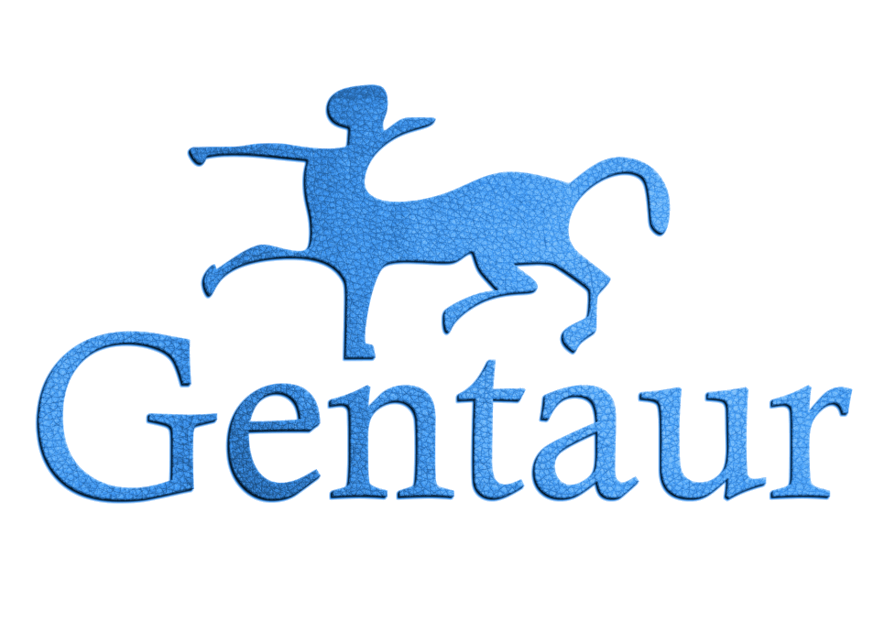-
Immunogen
Yeast Aha1 raised against peptide (CESQVKSNYTRGNQK)-KLH fusion
-
Antibody s target
Yeast AHA1p
-
Antibody s full description
Rabbit Anti-Yeast AHA1p Polyclonal
-
Primary research fields
Cancer, Heat Shock, Cell Signaling, Trafficking, Chaperones
-
Antibody s category
Polyclonal Antibodies
-
Antibody s other name
Activator of 90 kDa heat shock protein ATPase homolog 1 Antibody, Aha1 Antibody, SHSA1 Antibody, HSPC322 Antibody, p38 Antibody
-
Verified applications
WB
-
Raised in
Rabbit
-
Antibody s reactivity
Yeast
-
Antibody s recommended dilutions for use
WB (1:2500); optimal dilutions for assays should be determined by the user.
-
Antibody s purified from
Rabbit Antiserum
-
Recommended buffer for storage
Rabbit Antiserum, PBS, 50% glycerol
-
Antibody s concentration
See included datasheet or contact our support service
-
Antibody s specificity
Detects ~ 38kDa. Can run up to 45kDa on SDS Page.
-
Storage recommendations
-20°C
-
Shipping recommendations
Blue Ice or 4°C
-
Certificate of analysis
0.5 µg/ml of SPC-204 was sufficient for detection of Aha1p in 20 µg of W303 yeast lysate by colorimetric immunoblot analysis using Goat anti-rabbit IgG:HRP as the secondary antibody.
-
Antibody in cell
Cytoplasm, Endoplasmic Reticulum
-
Tissue specificity
See included datasheet or contact our support service.
-
Scientific context
Aha1 is a member of the HSP90 cochaperone family, and is thought to stimulate HSP90 ATPase activity by competing with p23 and other co-chaperones for HSP90 binding (1, 2). It may affect a step in the endoplasmic reticulum to Golgi trafficking. Aha1 also interacts with HSPCA/HSP90 and with the cytoplasmic tail of the vesicular stomatistis virus glycoproteins (VSV G) (3). Aha1 is expressed in numerous tissues, including the brain, heart, skeletal muscle, and kidney, and at low levels, the liver and placenta. Aha1 might be a potential therapeutic strategy to increase sensitivity to HSP inhibitors (4).
-
Bibliography
1. Hainzl O., Lapina M.C., Buchner J., Richter K. (2009) J Biol Chem. Epub. 2. Harst A., Lin H., Obermann W.M. (2005) Biochem J. 387 (pt.3): 789-796. 3. Lotz G.P., Brychzy A., Heinz S., Obermann W.M. (2008) J Cell Sci. 121(pt.5): 717-723. 4. Holmes J.L., Sharp S.Y., Hobbs S., Workman P. (2008) Cancer Res. 68(4): 1188-1197.
-
Released date
2/Apr/2013
-
NCBI number
NP_010500.3
-
Gene number
851800
-
Protein number
Q12449
-
PubMed number
Refer to PubMed
-
Tested applications
To be tested
-
Tested reactivity
To be tested
-
Antibody s datasheet
Contact our support service to receive datasheet or other technical documentation.
-
Representative figure link
No Data Available
-
Warning information
Non-hazardous
-
Country of production
Canada
-
Total weight kg
1.4
-
Net weight g
0.1
-
Stock availabilit
In Stock
-
-
Description
This antibody needs to be stored at + 4°C in a fridge short term in a concentrated dilution. Freeze thaw will destroy a percentage in every cycle and should be avoided. Antibody for research use.
-
Properties
This StressMark antibodies Fluorescein isothiocyanate (FITC) antibody is currently after some BD antibodies the most commonly used fluorescent dye for FACS. When excited at 488 nanometers, FITC has a green emission that's usually collected at 530 nanometers, the FL1 detector of a FACSCalibur or FACScan. FITC has a high quantum yield (efficiency of energy transfer from absorption to emission fluorescence) and approximately half of the absorbed photons are emitted as fluorescent light. For fluorescent microscopy applications, the 1 FITC is seldom used as it photo bleaches rather quickly though in flow cytometry applications, its photo bleaching effects are not observed due to a very brief interaction at the laser intercept. StressMark antibodies FITC is highly sensitive to pH extremes.
-
Conjugation
Anti-FITC Antibody
-
Group
Polyclonals and antibodies
-
About
Polyclonals can be used for Western blot, immunohistochemistry on frozen slices or parrafin fixed tissues. The advantage is that there are more epitopes available in a polyclonal antiserum to detect the proteins than in monoclonal sera. Rabbits are used for polyclonal antibody production by StressMark antibodies. Rabbit antibodies are very stable and can be stored for several days at room temperature. StressMark antibodies adds sodium azide and glycerol to enhance the stability of the rabbit polyclonal antibodies. Anti-human, anti mouse antibodies to highly immunogenic selected peptide sequences are" monoclonal like" since the epitope to which they are directed is less than 35 amino acids long.
-
Latin name
Oryctolagus cuniculus
-
Gene target
-
Short name
Rabbit Anti-Yeast AHA1p Polyclonal: FITC
-
Technique
Polyclonal, Rabbit, anti-, anti, FITC, antibody to, antibodies, Fluorescein, Polyclonal antibodies (pAbs) are mostly rabbit or goat antibodies that are secreted by different B cells, whereas monoclonal antibodies come from a single N cell lineage. Pabs are a collection of immunoglobulin molecules that react against a specific antigen, each identifying a different epitope.
-
Host
Rabbit, Rabbits, Ascomycota
-
Isotype
Immunoglobulin
-
Label
FITC
-
Species
Yeast, Yeasts
-
Alternative name
production species: rabbit Antibody toYeast AHA1p polyclonal: fluorecein
-
Alternative technique
polyclonals, rabbit-anti, antibodies, fluorescine
-

